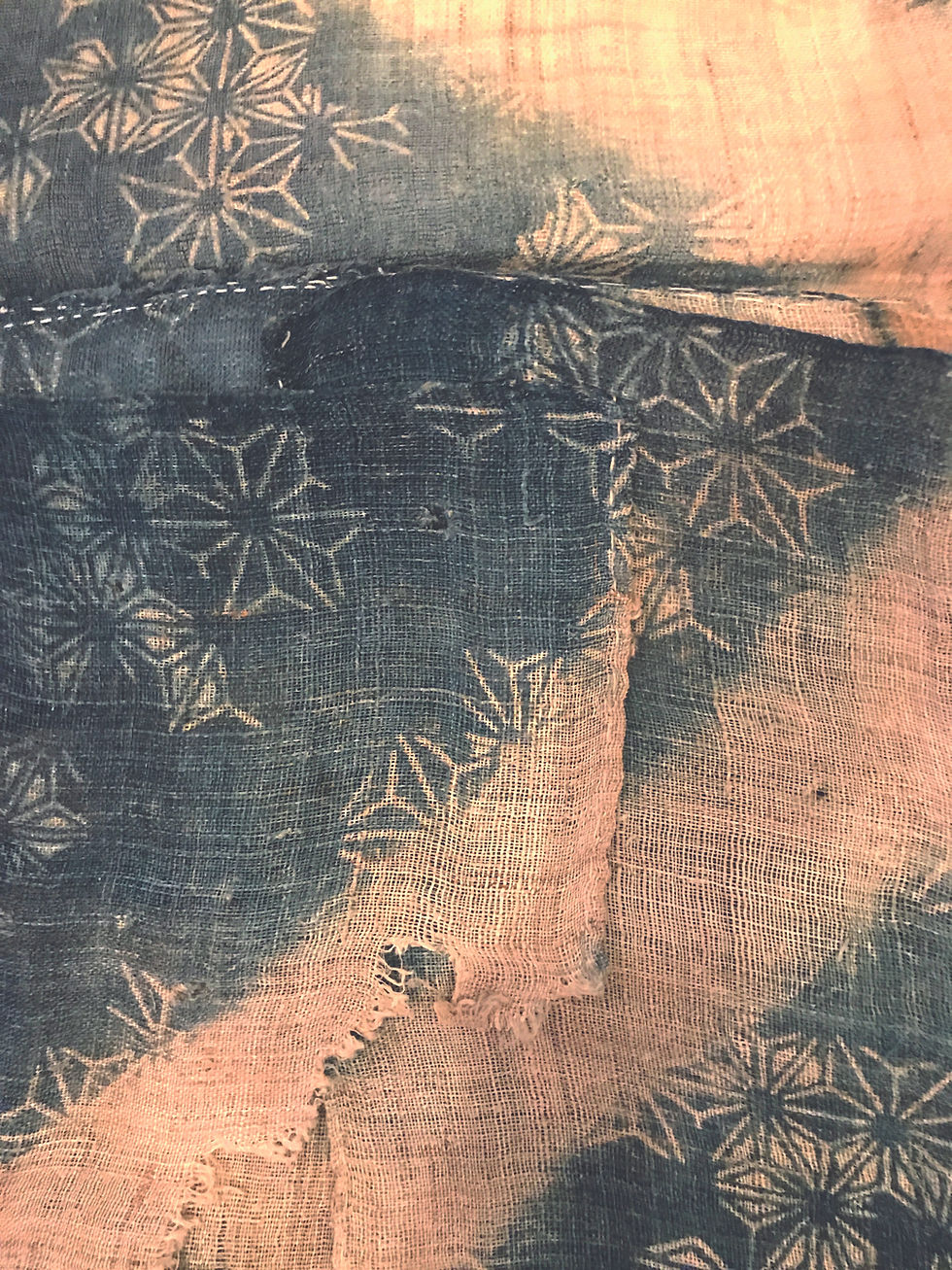Shinto Shrines
- Robert Clarke

- Jun 21, 2023
- 1 min read
Hemp fiber plays many different ritual roles at Shinto shrines. The main themes are purification and cosmic connection to nature and ancestral spirits.

Torii entrance gate to the small Gosho Hachiman-gu shrine
in the heart of Kyoto city with prominent shimenawa.

Hopeful worshippers knot papers with printed wishes onto hemp strings.
The Shimo Goryo Shrine in Kyoto also provides a venue for well wishers.

Shimo Goryo shrine serves a very special purpose. Note the small shelter for hanging tomoshiraga (共白髪 or ともしらが) to the right of the shrine entrance.

Tomoshiraga (共白髪 or ともしらが) (literally growing old together) are given as gifts to commemorate the longevity of couples’ relationships. Couples celebrate wedding anniversaries by hanging their tomoshiraga at the shrine.

The paired hemp bast strips represent the longevity of the couple and
the purity of their relationship.

Tomoshiraga (共白髪 or ともしらが, literally growing old together) are given as gifts to commemorate the longevity of a couple's relationship.
The paired hemp bast strips represent the longevity of the couple and the purity of their relationship.

Shinto shrines dedicated to hemp frequently sell memorabilia to visitors.
Note the Imperial symbol on the cloth sack.

Wooden talisman tablets called ofuda (お札) imprinted with a shrine name are often tied with a thin hemp bast strip.
What is the significance of tying hemp bast around a
commemorative shrine tablet?



Comments